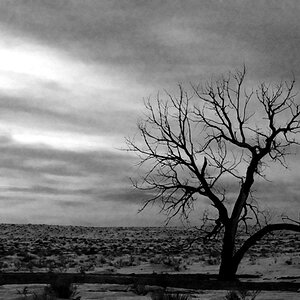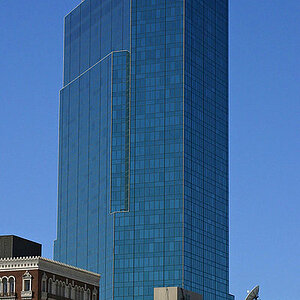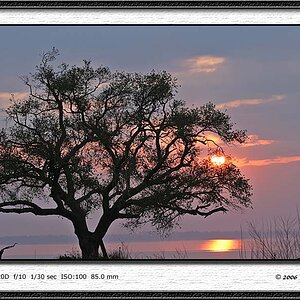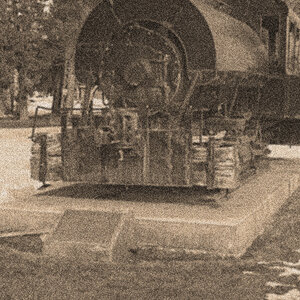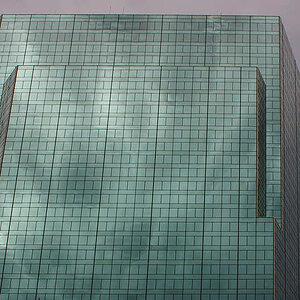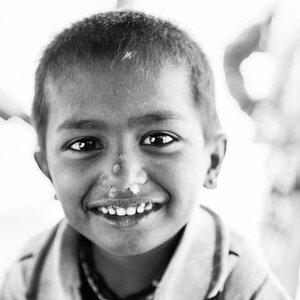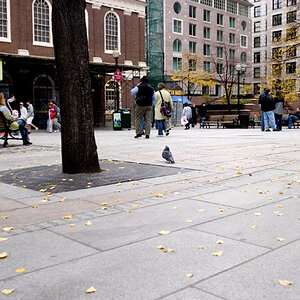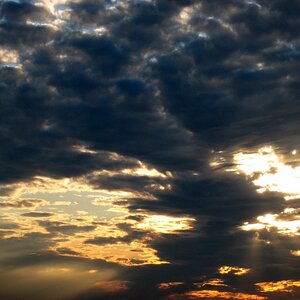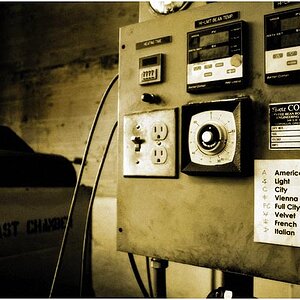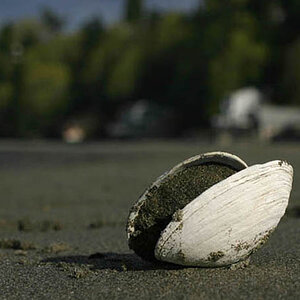Navigation
Install the app
How to install the app on iOS
Follow along with the video below to see how to install our site as a web app on your home screen.

Note: This feature currently requires accessing the site using the built-in Safari browser.
More options
You are using an out of date browser. It may not display this or other websites correctly.
You should upgrade or use an alternative browser.
You should upgrade or use an alternative browser.
1st post! Hibiscus at the Safari - please C&C
- Thread starter Raizels
- Start date
- Joined
- Feb 1, 2004
- Messages
- 34,813
- Reaction score
- 822
- Location
- Lower Saxony, Germany
- Can others edit my Photos
- Photos NOT OK to edit
Aren't Hibiscus wonderful flowers? You captured it nicely.
But this photo WANTS to go through post and at least get it's contrasts upped a bit.
But this photo WANTS to go through post and at least get it's contrasts upped a bit.
Josh220
No longer a newbie, moving up!
- Joined
- May 23, 2009
- Messages
- 1,730
- Reaction score
- 83
- Location
- California
- Can others edit my Photos
- Photos NOT OK to edit
If you allow us permission to give it a go we can give it a few tweaks for you 
bazooka
No longer a newbie, moving up!
- Joined
- Dec 28, 2009
- Messages
- 2,293
- Reaction score
- 294
- Location
- Houston
- Website
- www.dirtjournal.com
- Can others edit my Photos
- Photos OK to edit
If you have the RAW, it is likely.
cnutco
No longer a newbie, moving up!
- Joined
- Aug 31, 2009
- Messages
- 1,566
- Reaction score
- 51
- Location
- NE GA
- Can others edit my Photos
- Photos OK to edit
er, please excuse my ignorance, but what is RAW?
Compliments of Wikipedia®.
A camera raw image file contains minimally processed data from the image sensor of either a digital camera, image or motion picture film scanner. Raw files are so named because they are not yet processed and therefore are not ready to be printed or edited with a bitmap graphics editor. Normally, the image is processed by a raw converter in a wide-gamut internal colorspace where precise adjustments can be made before conversion to a "positive" file format such as TIFF or JPEG for storage, printing, or further manipulation, which often encodes the image in a device-dependent colorspace. These images are often described as "RAW image files" based on the erroneous belief that they represent a single file format. In fact there are dozens if not hundreds of raw image formats in use by different models of digital equipment (like cameras or film scanners).
Raw image files are sometimes called digital negatives, as they fulfill the same role as negatives in film photography: that is, the negative is not directly usable as an image, but has all of the information needed to create an image. Likewise, the process of converting a raw image file into a viewable format is sometimes called developing a raw image, by analogy with the film development process used to convert photographic film into viewable prints. The selection of the final choice of image rendering is part of the process of white balancing and color grading.
Like a photographic negative, a raw digital image may have a wider dynamic range or color gamut than the eventual final image format, and it preserves most of the information of the captured image. Raw image formats' purpose is to save with minimum loss of information the data that are obtained from the sensor, and the conditions surrounding the capturing of the image (the metadata).
dab_20
TPF Noob!
- Joined
- Feb 19, 2007
- Messages
- 572
- Reaction score
- 5
- Location
- Utah
- Can others edit my Photos
- Photos OK to edit
Good photo, the second one is a bit better with more contrast. I feel like I want to see more of the greenery on the left side instead of the right, since that is the way the flower is facing.
Josh220
No longer a newbie, moving up!
- Joined
- May 23, 2009
- Messages
- 1,730
- Reaction score
- 83
- Location
- California
- Can others edit my Photos
- Photos NOT OK to edit
Be my guest - tweak away - as long as I know what you did for future reference (learning!)
Is it possible to correct the blown - out parts?
Since it is a JPEG all of the data in the blown out stamen is lost; can't fix that.
Here's a few minor tweaks compared to the original:


Raizels
TPF Noob!
- Joined
- Apr 15, 2010
- Messages
- 486
- Reaction score
- 0
- Location
- Israel
- Can others edit my Photos
- Photos OK to edit
er, please excuse my ignorance, but what is RAW?
Compliments of Wikipedia®.
A camera raw image file contains minimally processed data from the image sensor of either a digital camera, image or motion picture film scanner. Raw files are so named because they are not yet processed and therefore are not ready to be printed or edited with a bitmap graphics editor. Normally, the image is processed by a raw converter in a wide-gamut internal colorspace where precise adjustments can be made before conversion to a "positive" file format such as TIFF or JPEG for storage, printing, or further manipulation, which often encodes the image in a device-dependent colorspace. These images are often described as "RAW image files" based on the erroneous belief that they represent a single file format. In fact there are dozens if not hundreds of raw image formats in use by different models of digital equipment (like cameras or film scanners).
Raw image files are sometimes called digital negatives, as they fulfill the same role as negatives in film photography: that is, the negative is not directly usable as an image, but has all of the information needed to create an image. Likewise, the process of converting a raw image file into a viewable format is sometimes called developing a raw image, by analogy with the film development process used to convert photographic film into viewable prints. The selection of the final choice of image rendering is part of the process of white balancing and color grading.
Like a photographic negative, a raw digital image may have a wider dynamic range or color gamut than the eventual final image format, and it preserves most of the information of the captured image. Raw image formats' purpose is to save with minimum loss of information the data that are obtained from the sensor, and the conditions surrounding the capturing of the image (the metadata).
Then I guess I didn't understand your comment. the image at the top of the thread is the original, aside from cropping. Could I work with it to correct the blown out parts? how?
Similar threads
- Replies
- 3
- Views
- 727



